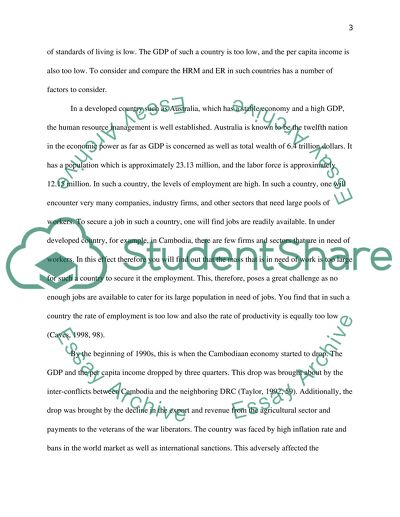Cite this document
(“Comparative Approaches in Employment Relations Assignment”, n.d.)
Comparative Approaches in Employment Relations Assignment. Retrieved from https://studentshare.org/human-resources/1672296-comparative-approaches-in-employment-relations
Comparative Approaches in Employment Relations Assignment. Retrieved from https://studentshare.org/human-resources/1672296-comparative-approaches-in-employment-relations
(Comparative Approaches in Employment Relations Assignment)
Comparative Approaches in Employment Relations Assignment. https://studentshare.org/human-resources/1672296-comparative-approaches-in-employment-relations.
Comparative Approaches in Employment Relations Assignment. https://studentshare.org/human-resources/1672296-comparative-approaches-in-employment-relations.
“Comparative Approaches in Employment Relations Assignment”, n.d. https://studentshare.org/human-resources/1672296-comparative-approaches-in-employment-relations.


